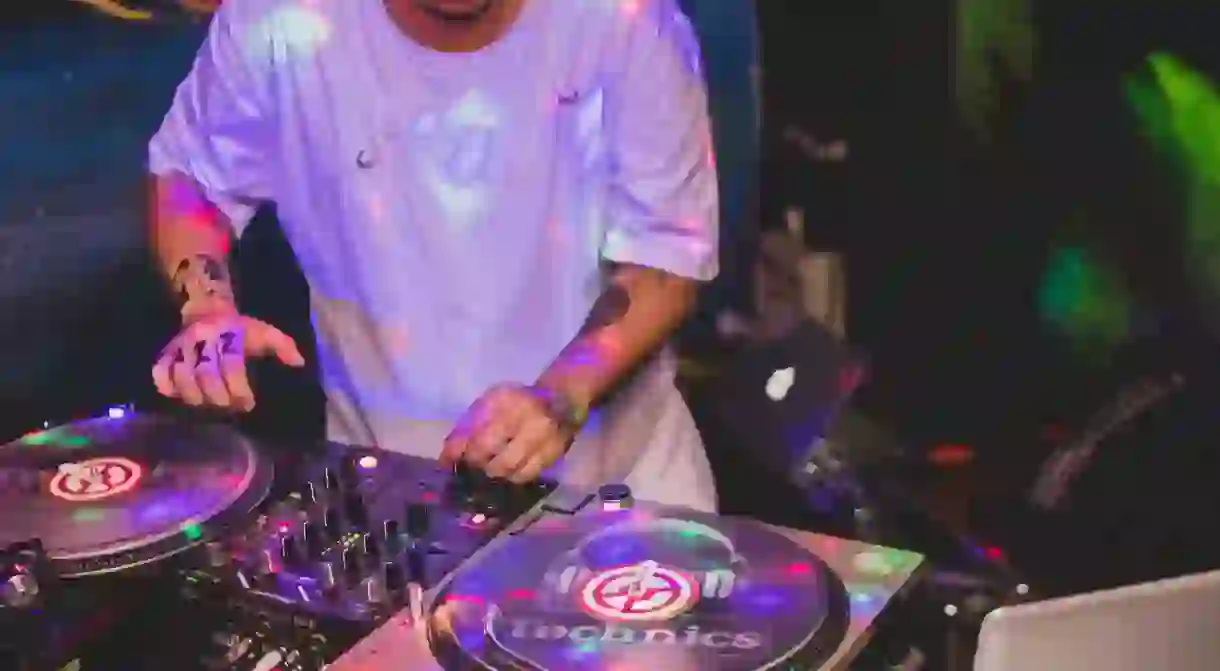10 Popular Songs That Are on Every Brazilian's Playlist

The diversity of music in Brazil is extraordinary, as it ranges from classic samba and bossa nova to more mainstream sertanejo and funk. These Brazilian songs are some of the most widely played songs, and will almost certainly be on everyone’s mind.
“Você Partiu Meu Coração” (“You Broke My Heart”)
Nego do Borel is a funk singer that recently adjusted his lyrics to appeal to more mainstream audience. The payoff was success with “Você Partiu Meu Coração,” which features Brazilian pop-funk singer Anitta and Brazilian sertanejo artist Wesley Safadão and is a recent example of this young singer’s rise to fame.
“Abre o Portão Que Eu Cheguei” (“Open The Door, I’ve Arrived”)
“Abre o Portão Que Eu Cheguei” is by Gusttavo Lima, a respected sertanejo singer and national heartthrob whose songs are mostly about love and relationships. He broke into the international music scene in 2012 when he toured in the U.S.A. and later gained recognition in the European market with his hit single “Balada” (“Party”).
“Já Sei Namorar” (“I Already Know How to Flirt”)
“Já Sei Namorar” was one of the few hits from the alternative rock and avant-garde band Tribalistas. The band was made up of three members: Arnaldo Antunes, Marisa Monte, and Carlinhos Brown. Although the band didn’t last very long, it became highly popular during its short time.
“Essa Mina É Louca” (“This Girl Is Crazy”)

“Essa Mina É Louca” featuring Jhama is is major Brazilian song hit from Anitta, a Brazilian funk-pop singer born in Rio de Janeiro and one of Brazil’s largest mainstream artists. This song is from her award-winning third album, Bang.
“Essa Novinha é Terrorista” (“This Young Girl is a Terrorist”)
“Essa Novinha é Terrorista” by funk artist of the moment MC Kevinho was one of the most played funk songs during the 2017 Carnival. The song is about a girl and her friends dancing at a typical baile funk party, which usually involves a kind of dance similar to twerking.
“Meu Coração Deu PT” (“My Heart is Totally Broken”)
A hit Brazilian single by sertanejo singer Wesley Safadão and featuring artists Matheus and Kauan, “Meu Coração Deu PT” is a dramatic song about lost love and a broken heart. Wesley Safadão is famous for similarly themed songs, typical in the sertanejo genre. The song was released in 2016 and still is played regularly on the radio and in clubs, bars, and stores.
“Deu Onda” (“Makes Me Want You”)
Another funk single that took over the streets and car stereos during the New Year was “Deu Onda” by MC G15. It has already been covered in various different styles and genres, making it one of the most popular songs in Brazil. There has even been an English version by an American duo known asAmericano Funk.
Ainda Há Tempo (There’s Still Time)
Ainda Há Tempo is an album by Criolo, one of Brazil’s most successful and popular rappers, one that many Brazilians will have on their playlists. Criolo is famed for his incredible musical talent, modesty, and strong values towards fighting social injustice.
“Acordando o Predio” (“Waking Up the Building”)

“Acordando o Predio” is a hit by Luan Santana, a popular pop-sertanejo singer from Brazil. Although he’s had a lot of national success, he hasn’t broken into the international music scene. Santana is totally committed to his work—in 2009, he averaged around 25 shows and presentations per month, performing a total of 300 concerts.
“Vidinha de Balada” (“Life of the Party”)
“Vidinha de Balada” is the 2017 hit by Henrique and Juliano, a sertanejo duo from Brazil. It’s common for sertanejo musicians to perform as duos, and this particular pair is becoming one of the most famous in the country. Prior to this song, Henrique and Juliano found success with “Cuida Bem Dela,” which was watched more than 100 million times on YouTube.
Check out these tours and excursions in Brazil.













